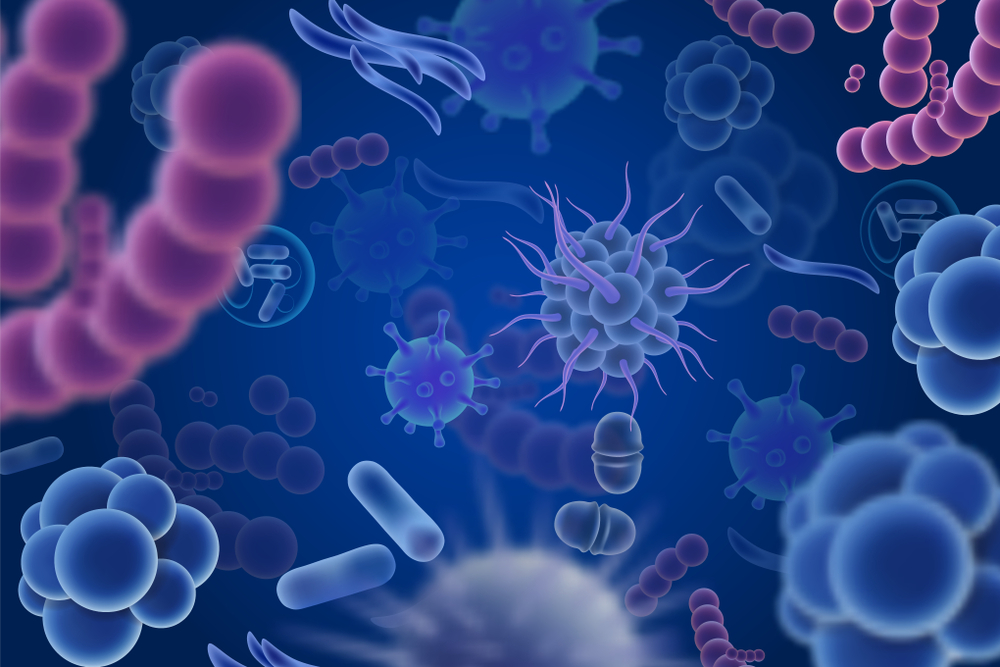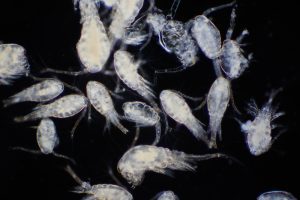Biology is the natural science of living things, and this vast scope of scientific study covers plants, animals, and tiny microorganisms.
As part of their expertise, biologists study zooflagellates, which are microscopic organisms with long appendages resembling whips.
These tiny organisms are protozoans in the class Zoomastigophorea and may be parasitic in humans and some animals.
Here’s everything else you should know about zooflagellates in biology.
Table of Contents
What does “zooflagellate” mean?
Scientific names are assigned based on where an organism originated from and what it’s most closely related to.
The term “zooflagellate” comes from the Greek word for animal (zôion) and the Latin term for whip (flagellātus).

As the name represents, zooflagellates have flagella, which are hairlike structures that help with cell movement in place of cell walls or plastids.
Zooflagellates get their name from these minuscule whip-like appendages, and they are also recognized for being colorless and heterotrophic.
Zooflagellates don’t have chlorophyll either.
What do zooflagellates do?
Zooflagellates have elongated, spherical bodies and one central nucleus. As single-celled eukaryotes, these heterotrophic organisms can be symbiotic with trichomonas and other microscopic organisms.
Zooflagellates may be absorbed by the plasma membrane in organic material and can be found free-living or symbiotic in plants and animals.
There are also parasitic zooflagellates that cause diseases like African Sleeping Sickness, as well as others in mutualistic relationships.
For example, some zooflagellates live in termites and support the bacteria in decomposing wood.
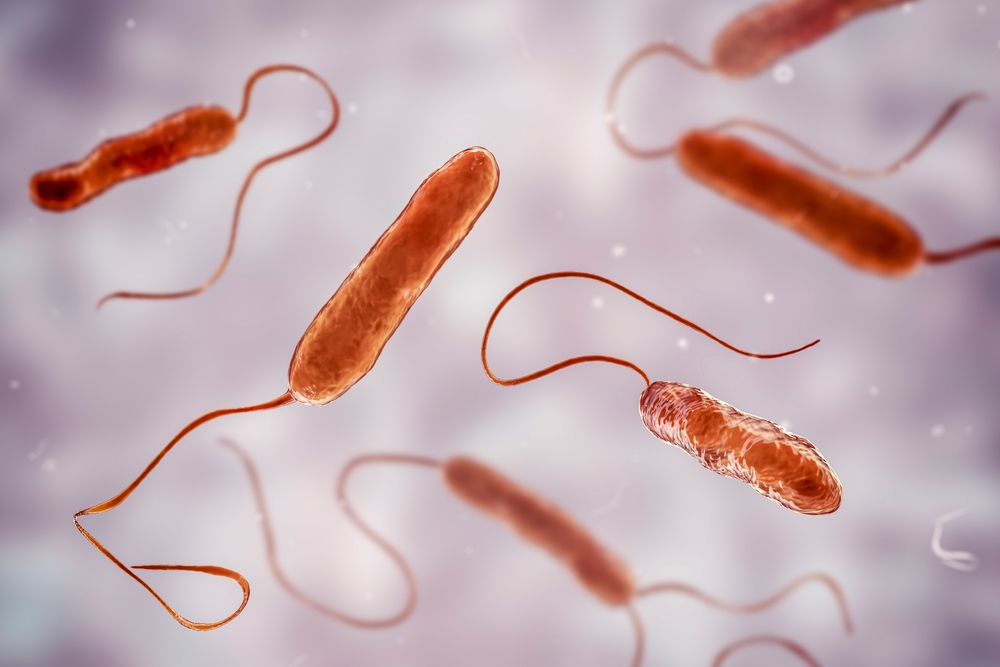
Zooflagellates are part of the protozoan class Zoomastigophorea and are closely related to uninucleate organisms that use their flagella for sensation and locomotion throughout the life cycle.
There are two classes of flagellates: Zoomastigophorea or zooflagellates that resemble animals, and Phytomastigophorea or phytoflagellates that resemble plants.
Examples of zooflagellates include a human parasite called Trypanosoma and a protozoan found in termite guts called Trichonympha.
What are flagella?
The standout feature of zooflagellates are flagella. This is the plural form of flagellum, which are tiny hairlike structures that lash around to move single-nuclear organisms.
These lashing movements resemble a whip and give flagella their name.
Zooflagellates and other flagellates have a thin yet firm outer covering or a jellylike coating. These organisms usually rely on longitudinal splitting for asexual reproduction and are split into two classes, one for organisms that look and act like plants and another for those that behave more like animals.
Organisms use flagella for locomotion, whether they live alone, in colonies, or as a parasite. There are also some flagellates living as salt and freshwater plankton.
Are zooflagellates and phytoflagellates the same thing?
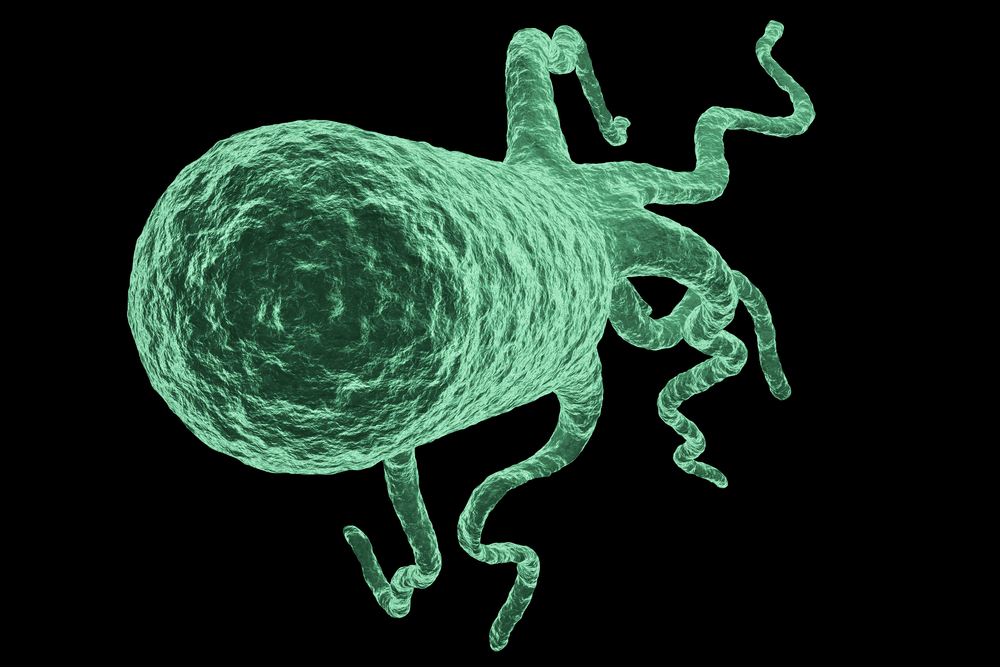
Zooflagellates and phytoflagellates are two classes of uninucleate organisms that both rely on the whip-like movements of flagella for locomotion.
They are not the same thing, as zooflagellates do not have chloroplasts and are more like animals, compared to phytoflagellates that contain chloroplasts and were previously classified as algae.
Even with these differences, zooflagellates and phytoflagellates share much of the same biology.
If you looked at both under a microscope, you’d see protozoans have a similar nucleus and nucleolus, as well as a contractile vacuole, stigma (eyespot), and, of course, the flagellum.
Unlike phytoflagellates, zooflagellates are missing the chloroplasts and polysaccharides stored during photosynthesis.
Both are important to overall biology and exist as microscopic organisms in many larger plants and animals.
What are protozoans?
Zooflagellates are protozoans with flagellum used for cell movement. Protozoans, also called protozoa, are single-celled organisms that may be free-living or parasitic.
These eukaryotes feed on organic tissue, debris, or other microorganisms.
Protozoans are a big part of microbiology as there are over 50,000 species living in every environment around the world, from the depths of the ocean to the driest deserts.
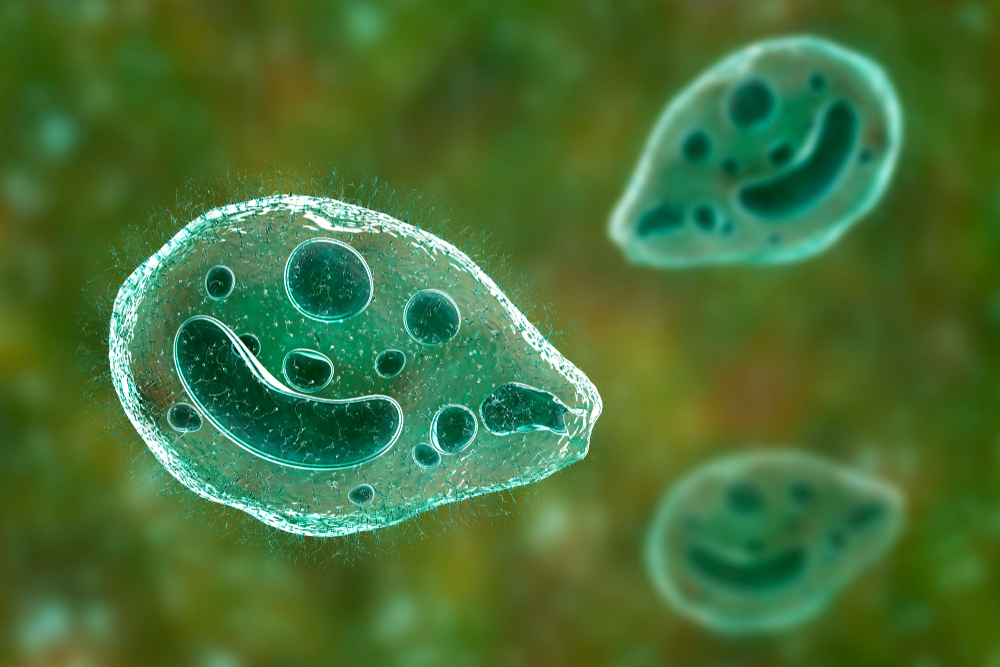
Protozoans vary based on how they move, whether that be through flagella, cilia, or amoeboid movements.
Flagella are thread-like extensions that produce wave motions to propel the organism around.
In comparison, cilia look like hair and cover the outside of the organism, beating regularly like little oars to move the microbe.
When protozoans don’t have flagella or cilia, they use amoeboid movements, which occur when the organism produces short-term protrusions with cytoplasm from the cell body.
This is more common in phytoflagellates while zooflagellates have flagellum to move around.
Do zooflagellates cause disease?
Not all zooflagellates cause disease, however, those that are parasitic live on or in other organisms, causing harm to their hosts.
Giardia is the zooflagellate responsible for backpacker’s diarrhea, an unfortunate illness that causes upset stomach and is common in wilderness travelers.
There’s also Trypanosoma, which is linked to sleeping sickness transmitted through flies. As the name suggests, symptoms of sleeping sickness include extreme fatigue and serious headaches.
How can sleeping sickness from zooflagellates be prevented?
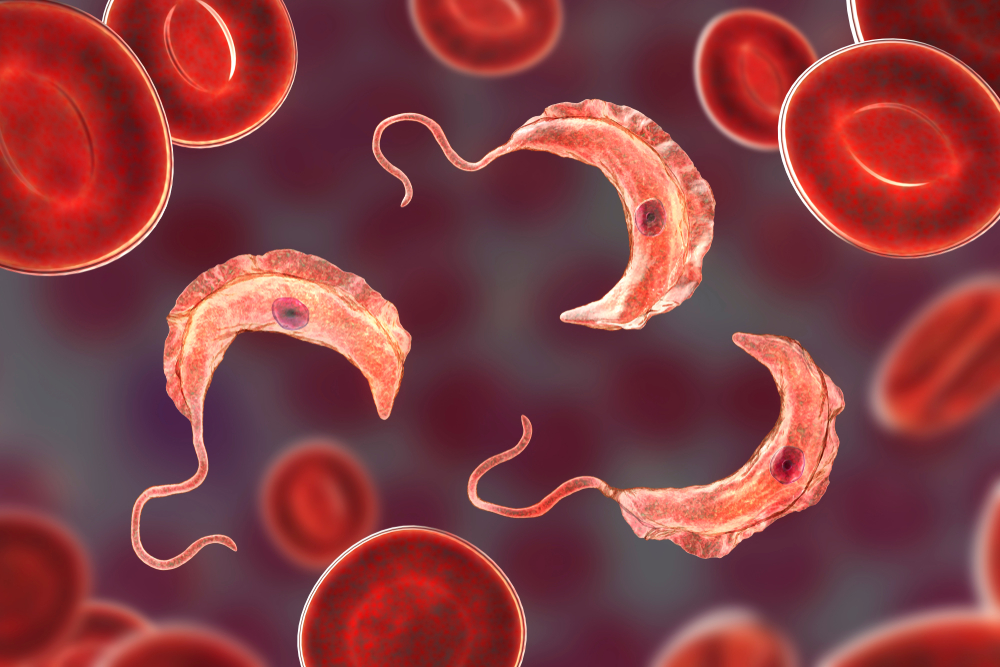
African sleeping sickness is caused by parasitic zooflagellates that pass the infection along through their insect hosts.
Trypanosoma brucei is the species responsible for sleeping sickness, which is transmitted to people through tsetse fly bites in rural Africa.
Unfortunately, thousands of people die from sleeping sickness each year when the infection goes untreated.
That’s why it’s important to wear long shirts and pants in neutral colors as to not attract tsetse flies when visiting remote grassland regions.
Staying out of the bushes and using insect repellant also helps to prevent sleeping sickness.
Otherwise, it’s best to watch for early signs of sleeping sickness such as unusual tiredness, itching, headaches, fever, and joint pain.
Coordination challenges, mood swings, and confusion are other symptoms that may indicate the need for drug intervention to kill the parasites following a sleeping sickness infection.
Why are flagellates important to biology?
Biologists study all living things, and single-cell organisms like zooflagellates are no exception.

Microbiologists are interested in flagellates because there are so many varieties found in every habitat around the world, and these tiny organisms aren’t visible to the naked eye.
This means biologists have to closely examine flagellates under a microscope to better understand how they relate to other organisms.
Flagellates are intriguing to biologists who want to see how the whip-like flagella work for movement and feeding.
Symbiotic and parasitic relationships are also of interest to biologists, especially when it comes to zooflagellates and phytoflagellates that can cause disease in humans and animals.
What else do biologists study?
Zooflagellates are interesting to biologists as part of their overall understanding of living things.
Biologists look at uninucleate organisms to see how they interact with the rest of the environment and their impact on different plants and animals.
Biology research helps humans learn more about their natural surroundings and other species, which informs decisions on development, healthcare, and more.
Zooflagellates and protozoans are just one small part of the bigger biology picture, as biologists look at cell composition and behavior in different environments around the world.

The scientific study of living organisms includes everything from single-cell organisms to large plants and predator animals, so biologists have a lot to examine and explore.
Some biologists prefer to focus on big animals with a wildlife specialty while marine biologists prefer ocean organisms.
Microbiologists are more into zooflagellates and other tiny organisms that can’t be seen unless it’s under the lens of a microscope.
Microbiology is the main way scientists learn about zooflagellates and single-cell organisms, which is why it’s great to have people passionate about all areas of biology.

